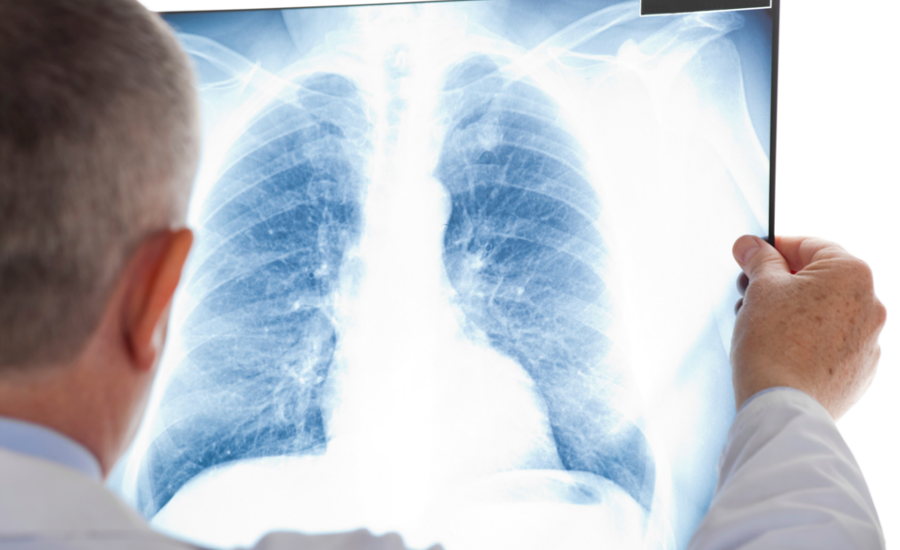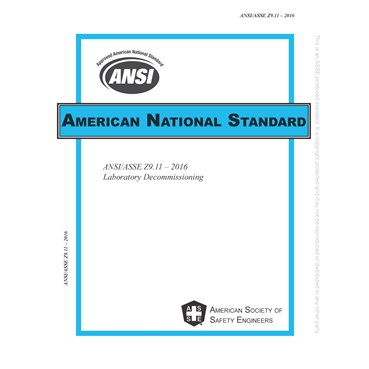The discovery that Black Lung Disease – which once appeared on the verge of being eradicated – has come roaring back among U.S. coal miners, and in a more virulent form than in the past, has ignited the fury of the United Mine Workers of America (UMWA). The union representing miners is accusing coal mine operators of putting production miners’ health and safety and state and federal agencies of failing to enforce the law.
From the early days of the 20th Century until the passage of the 1969 Coal Act in the wake of the Farmington #9 Disaster, more than100,000 miners died in the United States from Black Lung Disease – a term for several respiratory diseases caused by breathing in coal mine dust. The disease is progressive and has no cure. After the federal Mine Safety and Health Act set limits in 1978 on miners’ exposure to respirable dust, the incidents of Black Lung slowly decreased across the industry.
The worst kind of Black Lung
However, in 2016, a National Public Radio (NPR) report found an alarming increase in the worst kind of Black Lung - known as Progressive Massive Fibrosis (PMF) or complicated Black Lung”– especially among younger, less experienced miners who had had fewer years of exposure to respirable dust.
Eleven Black Lung clinics in Pennsylvania, West Virginia, Virginia and Ohio had identified 962 cases of the disease within six years. One small clinic in Kentucky had diagnosed 60 cases of PMF in a twenty month period.
A NIOSH report issued in February 2018 confirms 416 cases of PMF in three clinics in central Appalachia from 2013 to 2017 -- the largest cluster of progressive massive fibrosis ever reported in scientific literature.
As an illustration of the sharp rise in PMF: Stone Mountain Health Services, which operates clinics and services miners primarily from Virginia, Kentucky and West Virginia, generally diagnoses five to seven cases of PMF annually. Since NIOSH concluded its fieldwork just over a year ago, Stone Mountain Clinics have diagnosed 154 new cases of PMF.
"Preventative measures are being ignored"
“It is absolutely outrageous to be in this situation in 2018,” said UMWA President Cecil Roberts. “We know how to prevent this disease, but given these numbers, it is clear preventative measures are being ignored.”
Roberts says worker safety agencies are more concerned with compliance assistance programs than with enforcing the law. “This is not a dust problem, it is an enforcement and compliance problem.”
Roberts says many experts and industry officials have cited a litany of reasons for the increase, “but in the end, none of those things matter. The fact is, Black Lung is a preventable occupational illness. With the knowledge we have about how this disease is contracted and the technology currently available to mitigate respirable coal mine dust, there is no reason for a miner to contract Black Lung.”
Roberts called for steps to be taken immediately to correct the situation.
The union is also angry about a U.S. Department of Labor Notice of Proposed Rulemaking issued in January 2017 that would reduce medical benefit payments from the Black Lung Trust Fund.
“We need to ensure miners who have contracted the disease receive the medical treatment they deserve,” said UMWA Secretary-Treasurer Levi D. Allen.
For more information about the recent Black Lung reports click here.


